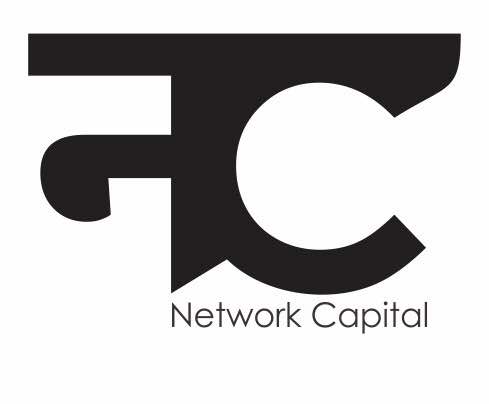The first era of the web, or Web 1.0, was about how we process and consume information. Yahoo, Netscape, Craigslist, AOL were Web 1.0 companies. Google “won” this era by democratising information and building a solid advertisement-driven business model on top of it.
The second era of the internet, Web 2.0, gave birth to platforms that enable interaction, giving us Facebook, Instagram, Twitter, Reddit, LinkedIn, etc. Information, goods, and services were brought under the same umbrella. People started taking cabs, going on trips and dates, and building work partnerships with strangers. On Uber, you could hail a cab or make some side income driving after work. On Instagram, posting content and watching videos became a thing. And finally, “influencer” became a noun instead of a verb.
Enter Web 3.0. A new type of digital product has started gaining traction around the world, one that is co-owned, co-created, and co-run. This constitutes the third era of the internet and is defined by decentralisation, declining trust in institutions and a new way of looking at value creation and value capture. Web3 is about winning back that ownership. It is about how we interact with value and the direct connection between creators and consumers, obfuscating the gatekeepers. Take a look at what Drishti Chawla, Co-founder and CTO at CrowdPad, says about Web 3.0 the role her company wants to play in shaping it.
“We are focused on building an easy-to-use, beautiful platform that will make entering the Web3 ecosystem seamless and exciting. We are continuously exploring ways to truly provide value to our users and put the power back in their hands; this has involved exploring the intersection of ownership, staking and engagement as the underlying principle for access to communities, multisig and quadratic voting for decision-making, and so much more.”
In 1971 Herbert Simon predicted, “A wealth of information creates a poverty of attention and a need to allocate that attention efficiently.” The new scarcity following the consumer economy era turned out to be engagement.
In a new report published by Stripe titled “Indexing the Creator Economy”, Edwin Wee says, “The earliest creators occupied their own weird corner of the internet—uploading Flash animations to DeviantArt or scanned manga illustrations to Xanga. But they didn’t have the tools to sell their content to earn a living as a creator online.
That all changed with the advent of new internet tools to produce and market content.”
The report goes on to say
“Substack enables writers to start paid newsletters. Twitter lets creators share premium content for their Super Followers. Buy Me A Coffee helps creators receive support from their fans. To assess their impact, we (Stripe) indexed the creator economy by measuring the growth of 50 of these popular platforms. This is the first time data like this has been shared—it’s a fraction of creator activity, but we believe the trends are representative of the creator economy as a whole.
In aggregating monetization across these 50 platforms, we’ve found that creators will soon pass more than $10 billion in aggregate earnings. While 2020 saw a jump in new creators, it wasn’t a one-time spike. A year later, creators are still coming online at a record clip: the number of creators is up a whopping 48% year-over-year. In total, these platforms have onboarded 668,000 creators.”
Today, content creation for most part is about building on rented territory. In a world of deplatformings and app-bans, ownership and trust for creators is important. Building a community provides creators the economic security and social support they need to truly pursue their creative ambitions.

